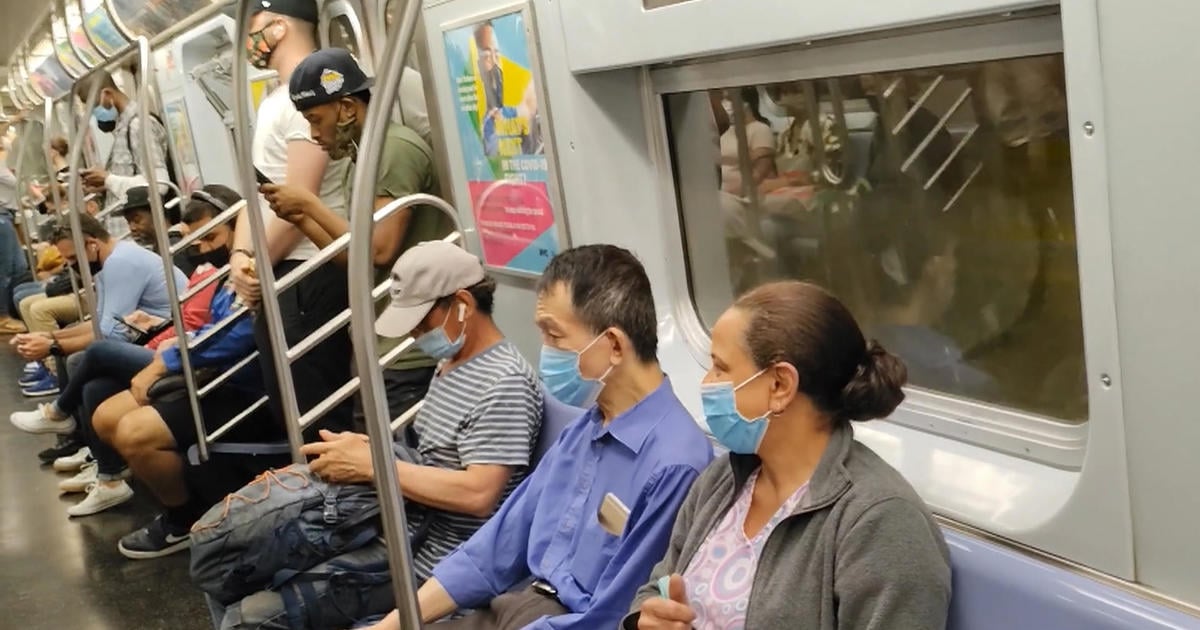In an interview for 60 Minutes, CBS News chief medical correspondent Dr. Jon LaPook posed that question to Linsey Marr, a Virginia Tech University professor specializing in aerosol science.
“They are very helpful in reducing the chances that the person will get COVID because it’s reducing the amount of virus that you would inhale from the air around you,” Marr said about masks.
No mask is 100% effective. An N95, for example, is named as such because it is at least 95 percent efficient at blocking airborne particles when used properly. But even if a mask has an 80% efficiency, Marr said, it still offers meaningful protection.
“That greatly reduces the chance that I’m going to become infected,” Marr said.
Marr said research shows that high-quality masks can block particles that are the same size as those carrying the coronavirus. Masks work, Marr explained, as a filter, not as a sieve. Virus particles must weave around the layers of fibers, and as they do so, they may crash into those fibers and become trapped.
Marr likened it to running through a forest of trees. Walk slowly, and the surrounding is easy to navigate. But being forced through a forest at a high speed increases the likelihood of running into a tree.
“Masks, even cloth masks, do something,” she said.
Not that I expect most people to believe it at this point…



This article covers that. In fact, the article I linked is the article you commented on.
Here’s the part from the article.
"Early in the pandemic, some guidance from health professionals suggested that wearing a mask might actually lead to infection: A person might encounter a contaminated mask and then touch their eyes, nose, or mouth. But research in the ensuing years has shown that fear to be misplaced.
“There wasn’t any evidence really that that happens,” Marr said.
Marr said her team aerosolized the coronavirus, pulled it through a mask, and then examined how much virus survived on the mask. The study reported some viral particle remained on some cloth masks, but no virus survived on the N95s or surgical masks.
Marr’s team also touched artificial skin to masks and looked at how many virus particles transferred to the artificial skin. No infectious virus transferred.
“I hope the study kind of shows that it’s something we don’t need to worry about as much as we were told,” Marr said."